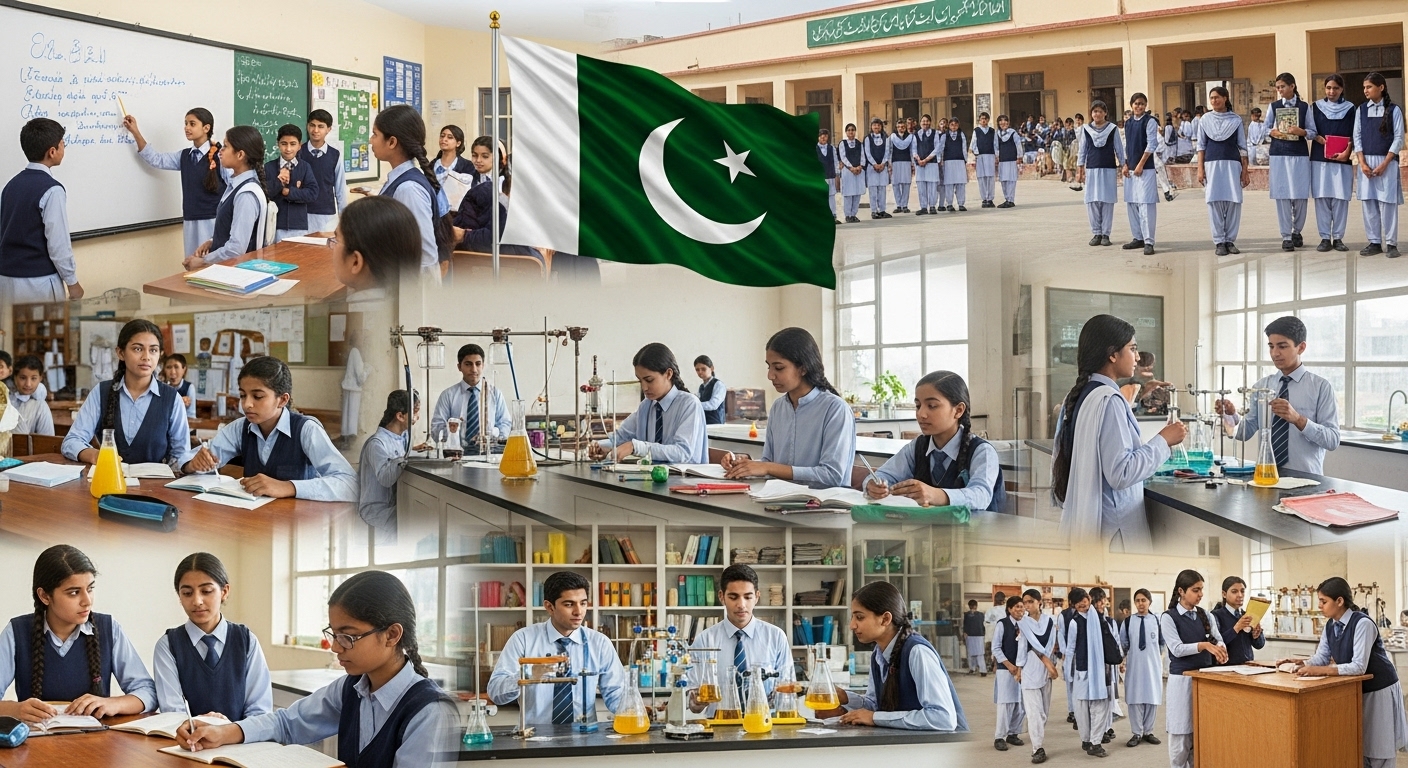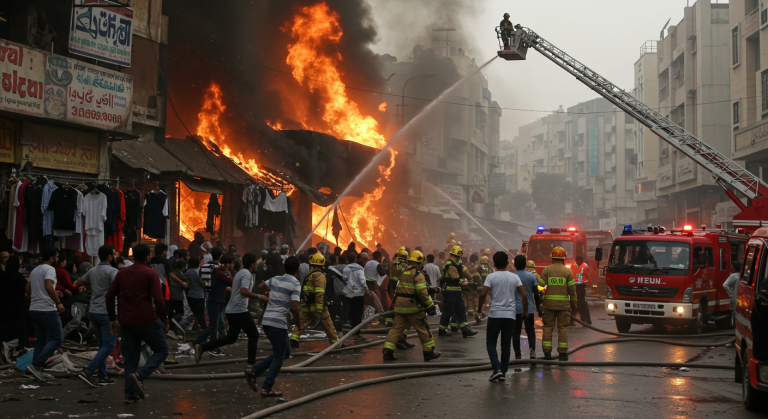The Evolution of Education in Pakistan: From Traditional Classrooms to a Technological Future

Education in Pakistan has undergone a gradual but significant transformation over the past decades. From traditional blackboards and rote memorization to the emergence of smart classrooms and digital learning platforms, Pakistan’s education system reflects a story of struggle, adaptation, and hope. In this article, we explore how education was structured in the past, how it functions in the present, and what the future may hold for millions of students across the country.
Education in the Past: Focus on Memorization and Limited Access
In the early years after the formation of Pakistan, the education system was limited in both scope and reach. Schools were primarily concentrated in urban areas, while rural regions lacked proper infrastructure and access to formal education. Education was often considered a luxury rather than a necessity, particularly for girls and underprivileged communities.
The traditional teaching methods were largely centered around textbooks and rote memorization. Critical thinking, creativity, and research-based learning were not part of the system. Teachers, too, were often underqualified and lacked modern training. Exams were tough, but they tested memory rather than understanding or problem-solving ability. Education was seen mainly as a pathway to secure a government job, rather than a means of personal or national development.
Present-Day Education: Digital Tools and Changing Mindsets
Over the past two decades, significant efforts have been made to improve the quality and accessibility of education in Pakistan. Both government and private sectors have played vital roles in expanding the number of schools, colleges, and universities. The rise of private education has brought competition and innovation, though it has also created a divide in quality between public and private institutions.
The most notable shift came during and after the COVID-19 pandemic, which accelerated the adoption of digital education. Online classes, e-learning platforms, and smart classrooms became more common, especially in urban areas. Students began using smartphones, tablets, and computers for learning—something that was previously rare in the Pakistani context.
Today, there is a growing emphasis on skill-based learning, technology integration, and critical thinking. Fields such as Artificial Intelligence, Data Science, and Computer Programming are being introduced even at the school level in some advanced institutions. The government has also initiated the Single National Curriculum (SNC) to reduce educational disparity, although it has received mixed reactions regarding its content and implementation.
The Future of Education: Innovation, Inclusivity, and Global Relevance
If the current momentum continues, the future of education in Pakistan looks promising. Technology will play a key role in shaping how education is delivered and accessed. Virtual Reality (VR), Artificial Intelligence (AI), and interactive learning models are expected to revolutionize classrooms and make learning more personalized.
Hybrid learning models, which combine in-person and online instruction, will likely become the norm. Distance learning opportunities will expand, allowing students from remote areas to access quality education and international courses without leaving their hometowns.
There is also hope that more investment will be made in vocational and technical education, preparing students not just for white-collar jobs but also for self-employment and entrepreneurship. Curriculum reforms will need to keep pace with global trends so that Pakistani students are competitive on the international stage.
Challenges That Must Be Addressed
Despite the progress, Pakistan’s education sector still faces several deep-rooted challenges:
- Lack of schools and basic facilities in rural areas
- Poor teacher training and low wages
- Limited government spending on education
- Inadequate digital infrastructure in underdeveloped regions
To truly reform education, policymakers must ensure equitable access to resources, modernize teacher training programs, and increase the education budget. Technology alone cannot solve the issues unless there is a strong foundational commitment to quality and fairness.
Conclusion
Pakistan’s education system is at a critical crossroads. While the past was marked by rigid structures and inequality, the present offers new tools and opportunities. The future, if guided wisely, can be one of innovation, inclusivity, and global relevance. Education must no longer be viewed merely as a path to employment, but as a powerful engine for personal growth, societal progress, and national development.
If efforts continue with sincerity and vision, the dream of a modern, accessible, and globally recognized education system in Pakistan can become a reality.

